Take an Accelerated Trip Through 3D Card History



ETPC spotted a fun Digital Foundry video on the history of 3D acceleration. It details the transition from software rending in the early '90s to the emergence of the dedicated 3D card and how it transformed PC gaming. Wing Commanders 2 and 3 get called out as examples of the prime time in market when CPUs did the heavy lifting. Things rapidly changed with the introduction of the 3dfx/Glide cards and their adoption by Quake. Wing Commander fans were at the forefront of this evolution thanks to Wing Commander Prophecy. WC4 and Privateer 2 produced impressive visuals in 1996, but by late 1997 Prophecy was able to add even higher quality transparency, lighting, smoke and other effects. WCP and Secret Ops ran in "software mode" for people without 3D cards, and they received a partial effects set if you had another Direct 3D compatible board, but the real treat was when you had a proper 3dfx Voodoo. Fans have since managed to emulate 3dfx with glide wrappers and even eclipse this old tech with the amazing OpenGl upgrade, but it was fun being on the cutting edge of technology for this when it was all new. The video below is a little long winded, but it does do a good job of capturing the complexity of all the emerging standards and how they affected your graphical results. Not all of us were lucky enough to have a 3dfx card at first, so it's also fun hearing familiar names like the ATI Rage, nVidia Riva and Matrox Millennium here:
John Linneman returns to the mid-90s and the arrival of the 3D accelerator boards that would revolutionise gaming as we know it. These days, we buy a new GPU, we play and play and it works, but things were very, very different back in the day...


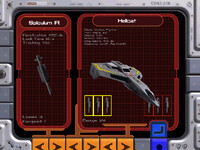


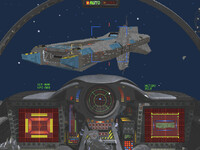


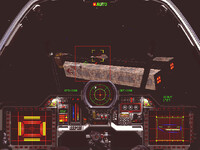


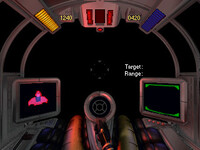

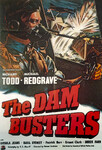
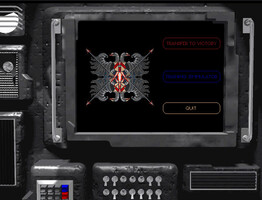
Follow or Contact Us